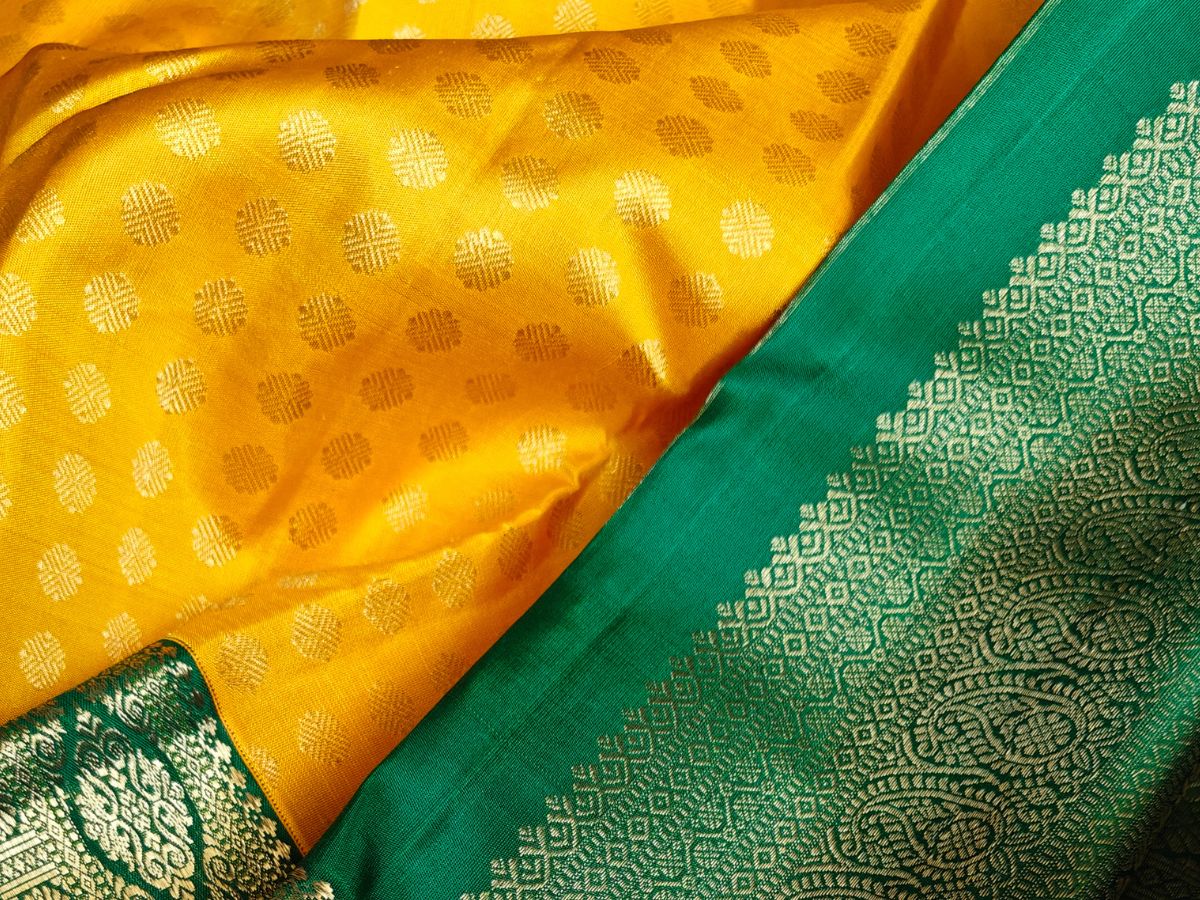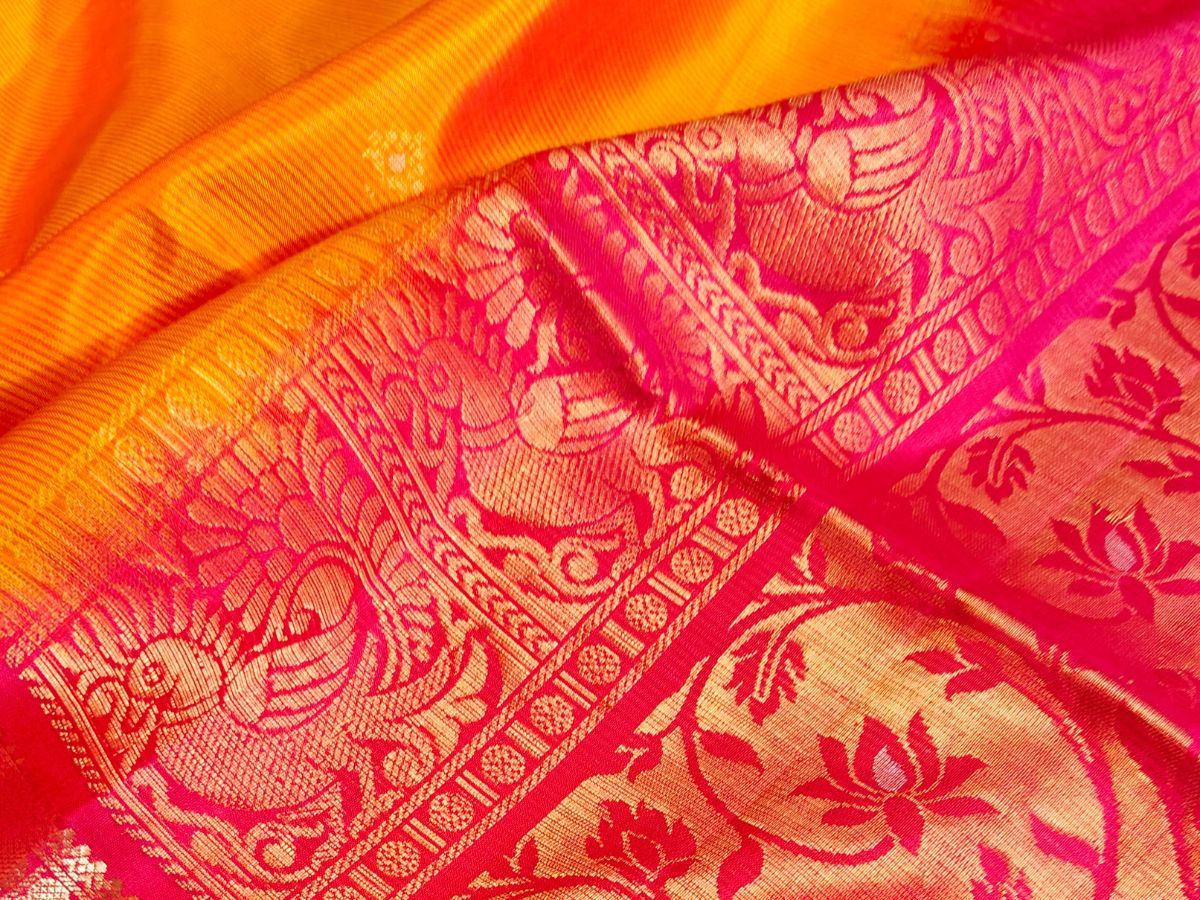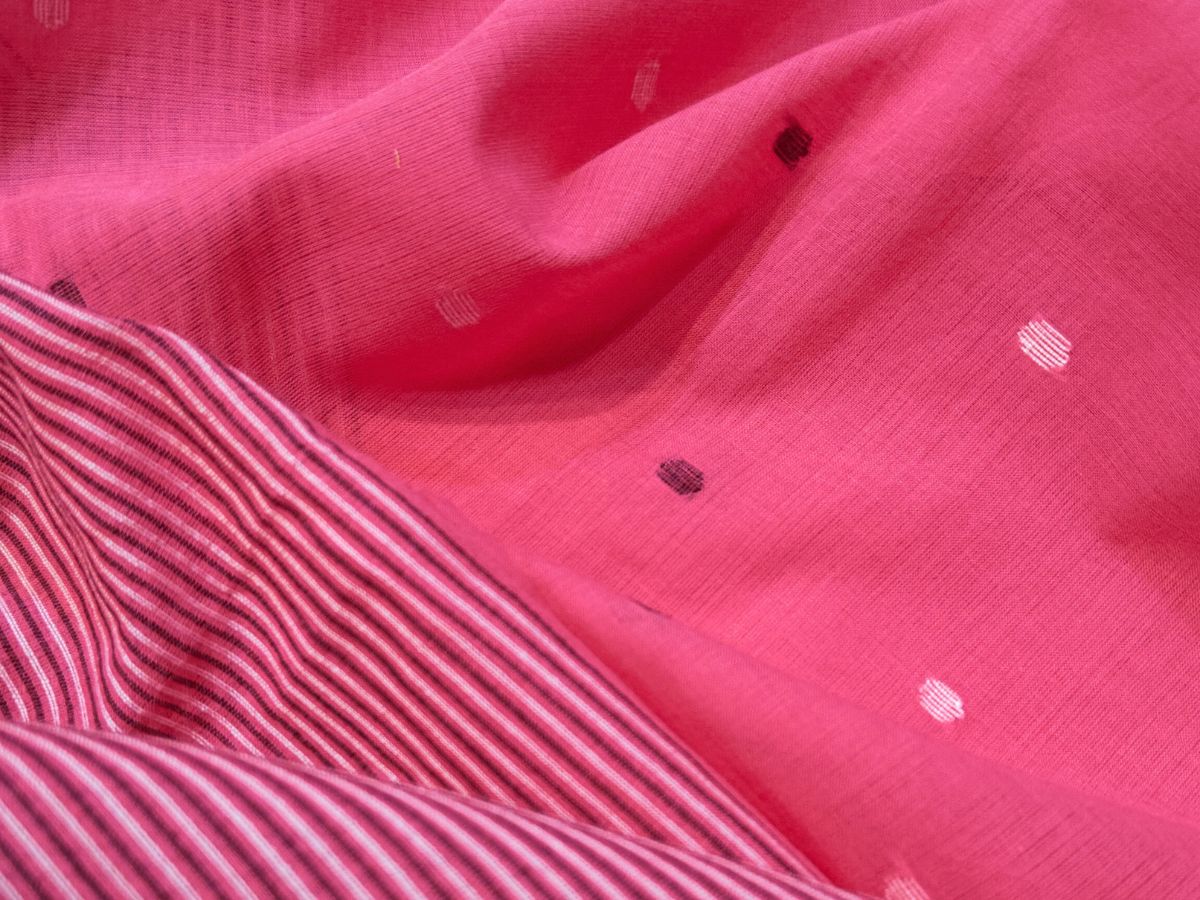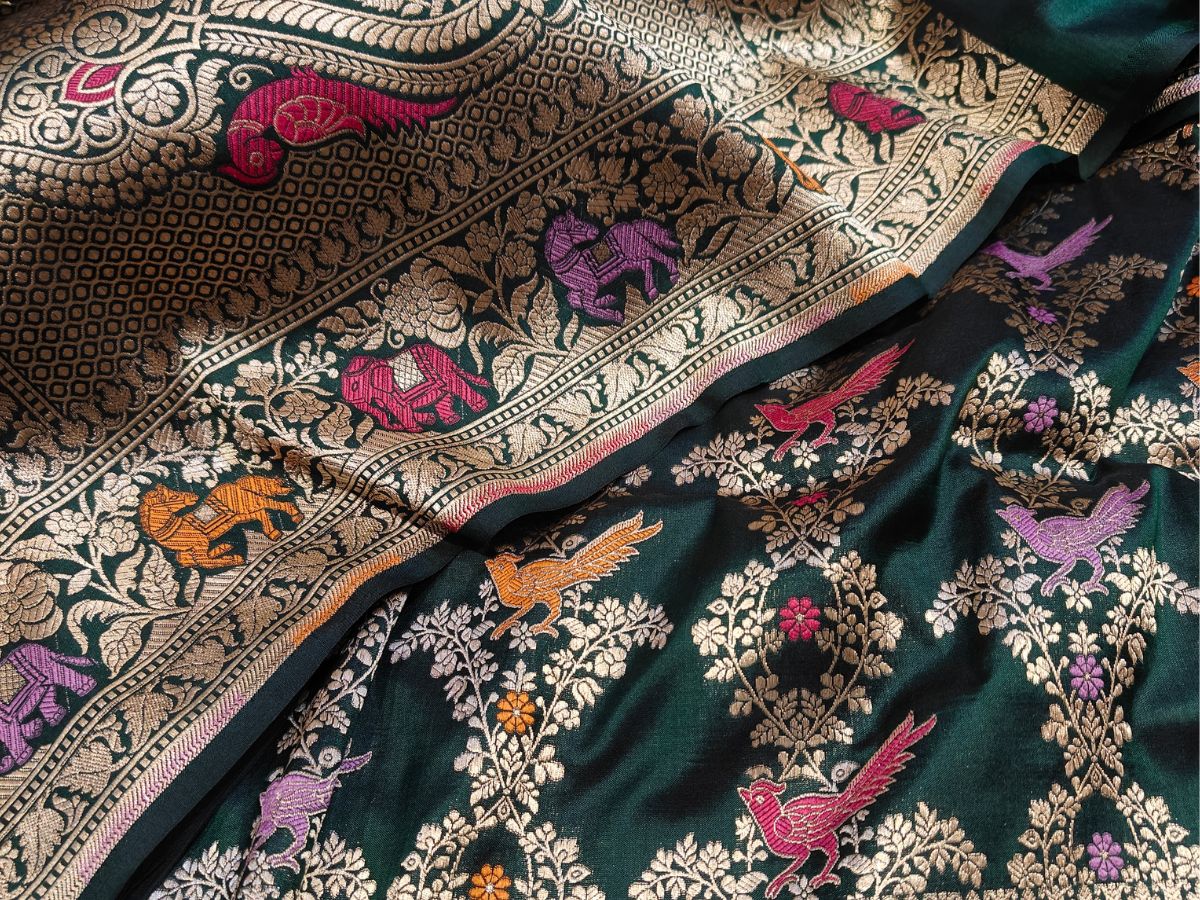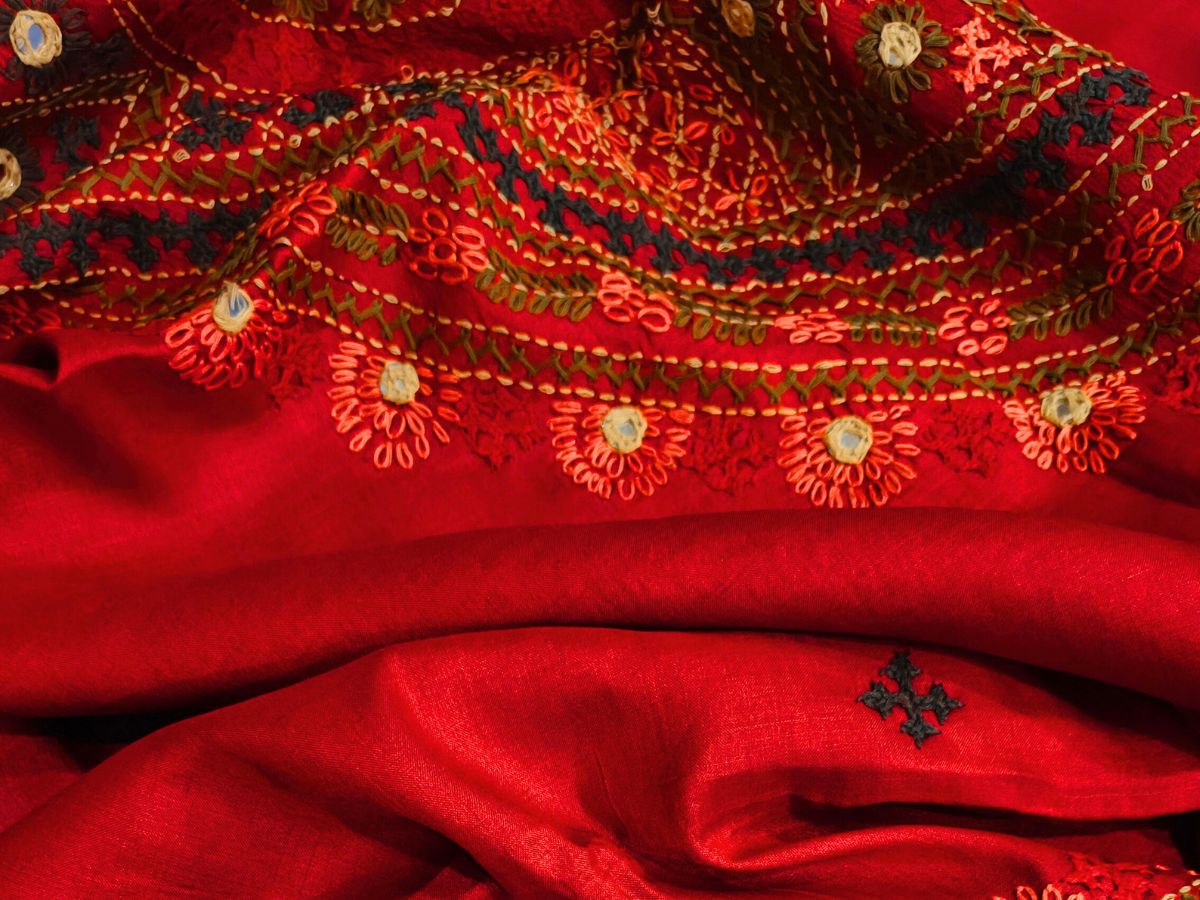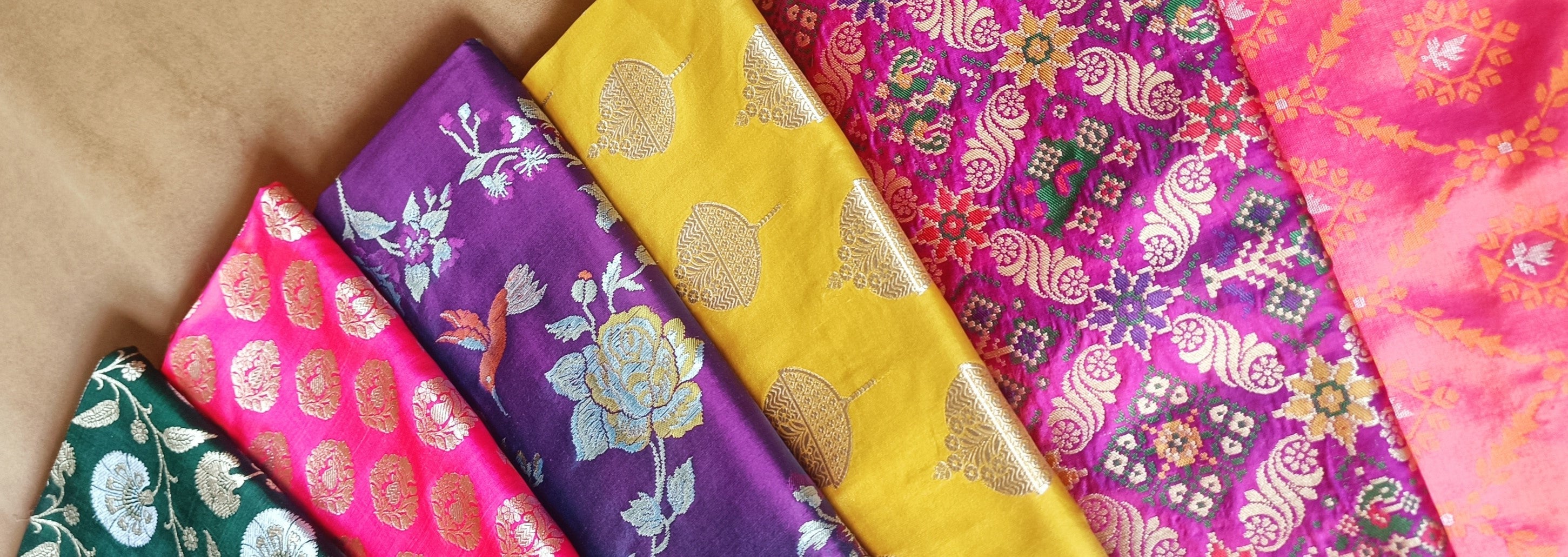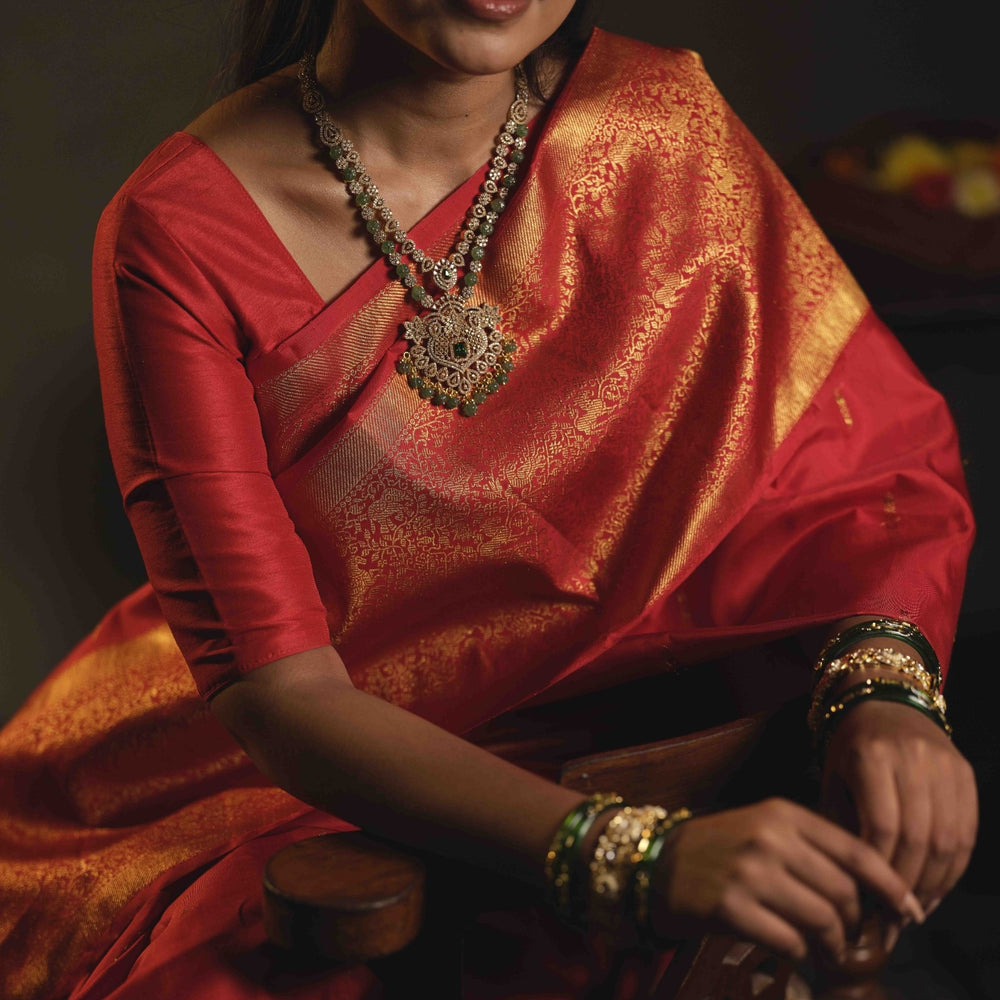The Threads That Don’t Show: Unseen Labor in Every Handloom
When you wrap yourself in a silk saree, you’re not just putting on an outfit—you’re wearing centuries of tradition, a thousand untold stories, and hours (sometimes months!) of human effort. Every drape, every shimmer of zari, every intricate motif carries the weight of a craft that refuses to bow to machines. And here’s the thing: the most important threads are the ones you never see—the ones that hold this art together.
Behind the Loom: What It Takes to Weave a Saree
Setting up a traditional pit loom is not like turning on a power loom. It’s a process that takes time—sometimes days, even weeks—just to prepare the warp and get the loom ready. Only then does the rhythmic click-clack of the shuttle begin, creating that hypnotic music of weaving.
Take the classic Kanjivaram saree for example. A single piece can take anywhere between 10 to 20 days to weave. Add intricate temple borders or real zari patterns, and you’re looking at over a month of labor. And then there’s the double ikat Patola from Gujarat—one of the most complex weaves in the world. Here, both the warp and the weft are pre-dyed in perfect alignment before weaving. If there’s even the slightest mismatch, the entire piece loses its symmetry. It’s precision on a level that borders on obsession, and that’s why a genuine Patola can take up to six months to weave. Imagine wearing that kind of patience.
Why Are Handloom Sarees Expensive—but Worth It?
It’s a question that often comes up: Why do handloom sarees cost so much? The answer lies in the time, skill, and heritage invested in every piece. Unlike power loom fabrics, handloom sarees are not mass-produced. Each one is a limited-edition work of art, woven with a human touch that machines can never replicate.
Add to that the rising cost of pure silk and real zari threads, and the price begins to make sense. But honestly, the material cost is just the surface. What you’re really paying for is human effort, precision, and legacy. Think about the Patola we mentioned earlier—six months of dyeing, aligning, and weaving just to make sure the geometric patterns match perfectly. That’s why when you invest in a handloom saree, you’re not buying fabric. You’re buying time. You’re buying history.
How Buying Handmade Sarees Empowers Indian Women
The story doesn’t end at the loom. In most weaving households, it’s not just the weaver who makes the saree—it’s the whole family. Picture this: a weaver at his loom, and across him, his wife meticulously working on the korvai technique for a Kanjivaram saree. She ties the contrast border threads, knot by knot, ensuring the joins are invisible. Without her, the saree wouldn’t have its signature strength or beauty.
For many women in weaving clusters, this is not just a job. It’s their economic independence. When you choose a handmade saree, you’re putting money directly into these families’ hands, helping sustain a craft that has supported generations.
Beyond Fashion: Why It Matters
Today, Bollywood stylists and craft evangelists are bringing these heritage weaves back into the spotlight. From celebrities wearing Banarasis at weddings to influencers flaunting Kanjivarams on Instagram, the narrative is shifting from “old-fashioned” to “timeless luxury.” And rightly so—because a handloom saree isn’t just about looking good. It’s about feeling connected to something bigger than trends.
So the next time you drape one, pause for a second. Imagine the loom, the weaver, the silent hours, the unspoken prayers in every motif. You’re not just wearing a saree—you’re carrying the weight of a tradition that thrives because you chose it.


